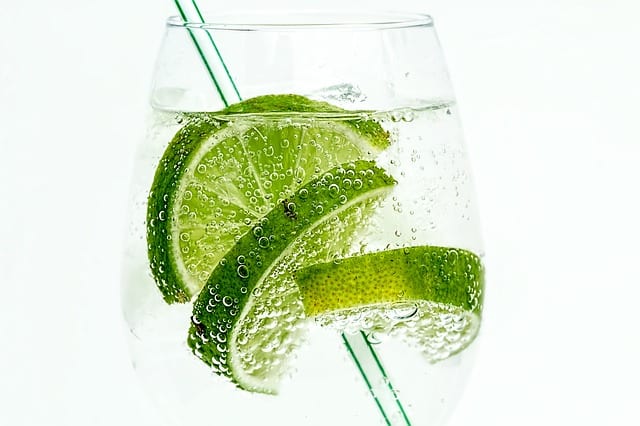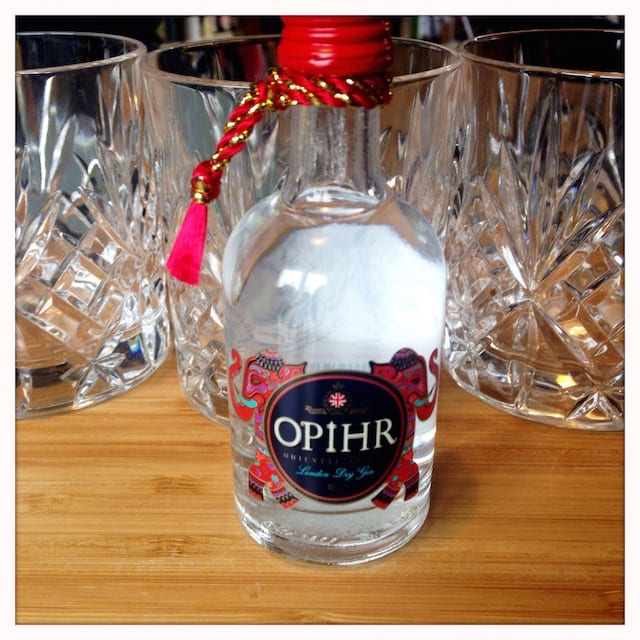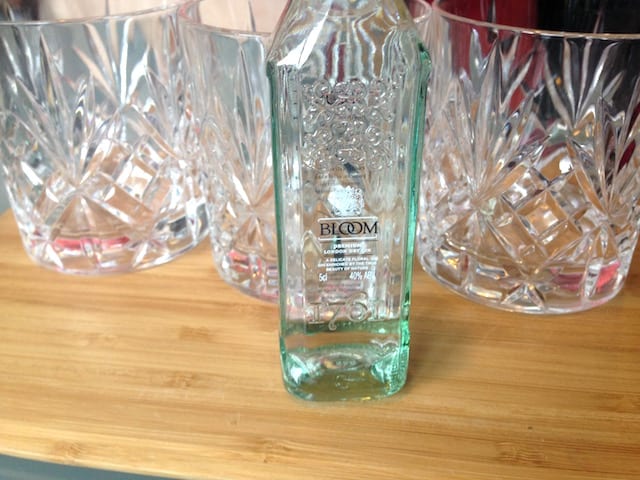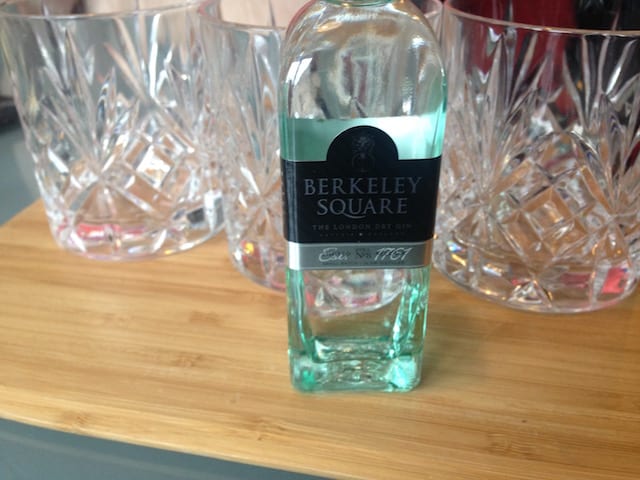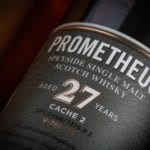There’s more to gin than tonic
With more and more gin distilleries popping up, 2015 seems to have been the year of gin with festivals, clubs and juniper-centric events appearing too! Gin is no longer a spirit limited to your granny’s drink cabinet!
We take a look at a selection of gin and find out about a little about each one.
But first a little bit of gin history. Gin seemingly started in 17th Century Holland being used as a medicinal cure for all ills. With the arrival of the British Army, and the troops seeing that this “Dutch Courage” helped their enemies put up with the horrors of war, gin made its way to Britain. With King William III occupying the throne, gin was encouraged to be produced. However this made for an explosion of gin joints and all sorts of problems (see Hogarth Gin Lane). Things got so bad that the British Parliament passed five major Acts, in 1729, 1736, 1743, 1747 and 1751, designed to control the consumption of gin. Things didn’t calm down until the 1751 Gin Act, when sellers had to rent premises for a year in order to sell gin. This combined with poor grain harvests and burgeoning populations curtailed the gin craze.
Thankfully now we have a more civilised gin society, and some great gins to seek out.
Pickering’s Gin
Pickering’s are based at Summerhall in Edinburgh and is brewed within Gert – she’s a lovely little still and you can arrange to visit her. The gin has 9 botanicals, juniper, coriander, cardamom, angelica, fennel, anise, lemon, lime and cloves. Dipping your nose in gives a lavender smell (oh no it’s those grandmothers again!), but with a citrus touch. Goes well on its own, or with some ice and of course tonic (which helps the clove come alive.)
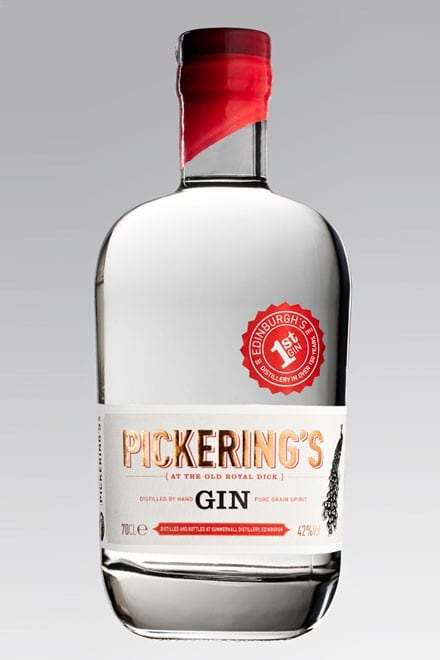
Gordon Castle Gin
A small batch gin from the Gordon Castle estate on the River Spey. This gin features botanicals such as Juniper, mint, lavender and gooseberry from the estate’s garden. With a mild citrus and juniper nose, this lightly fragranced gin goes well with tonic.
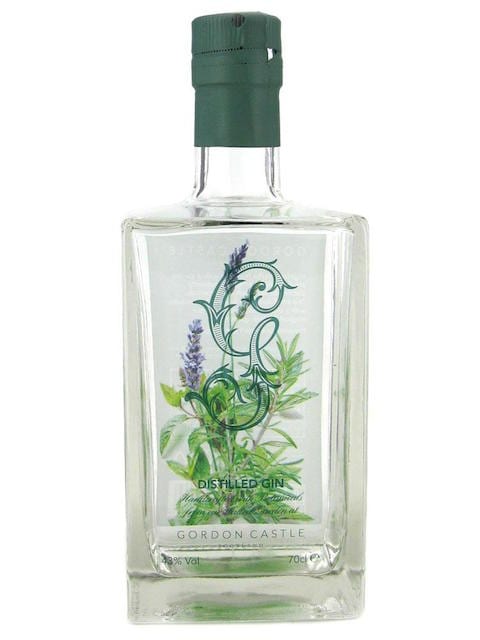
Firkin Gin
Usually known for their whiskies, Gleann Mor Whisky Company launched Firkin Gin in 2015. This is a London Style Gin* and has juniper, coriander seed, angelica root, orris root, spearmint, lemon peel, lemon barley, flint and elderflower. After distillation the gin is “rested” in American Oak casks to give it a delicious colour and smell – like whisky. Neat, the gin tastes like the child of a gin and whisky marriage but the best taste is when tonic is added. The flavours jump out, especially caramel.
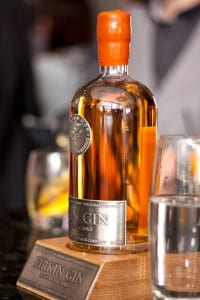
Ophir
Pronounce O-peer, this gin is full of spicy flavour. With ten botanicals including cubeb berries, coriander, cardamom, juniper, orange and grapefruit zest and ginger. This is not a gin for having with a tonic, it lends itself to just some ice and a long evening of sipping. If you love cardamom (I do!) have it with tonic, as the spice bursts out. However, this one is perfect for serving just with ice.
Thomas Dakin
Thomas Dakin Gin is the work of master distiller Joanne Moore and was released in 2015. 11 secret botanicals are involved including juniper, orange peel, English coriander and red cole, otherwise known as horseradish. It’s a fresh and crisp gin with a strong juniper smell. A strong, robust gin when drunk neat and with tonic, a crisp and citrus taste with a horseradish nip.
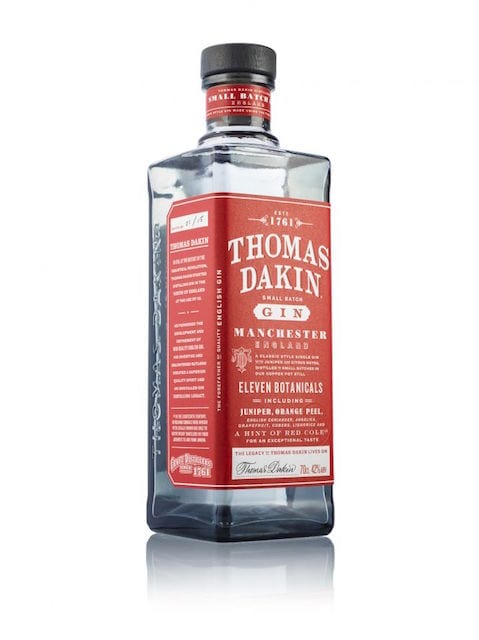
Bloom
This is a gin for someone who doesn’t like their juniper. It smells sweet and floral with the 7 botanicals including chamomile and honeysuckle. There is still that juniper hit, but not as much as in other gins. This is an ideal G&T gin, as well as for lighter cocktails which don’t have strong flavours.
Berkeley Square
With botanicals such as juniper, angleica, coriander, cubeb berries, kaffir lime leaves, basil, lavender and sage involved, this is a gin to enjoy over ice. It didn’t stand up well to tonic, being overpowered by the quinine.
Some handy terms to know in the land of Gin
Gin – any spirit which features juniper as its predominant flavour and isn’t bottled at less than 37.5%abv.
London Gin – legally defined as distilled to at least 70% ABV and not containing any flavours or colours added after distillation.
Plymouth Gin – geographically protected which means that Plymouth Gin can only be produced in Plymouth.

